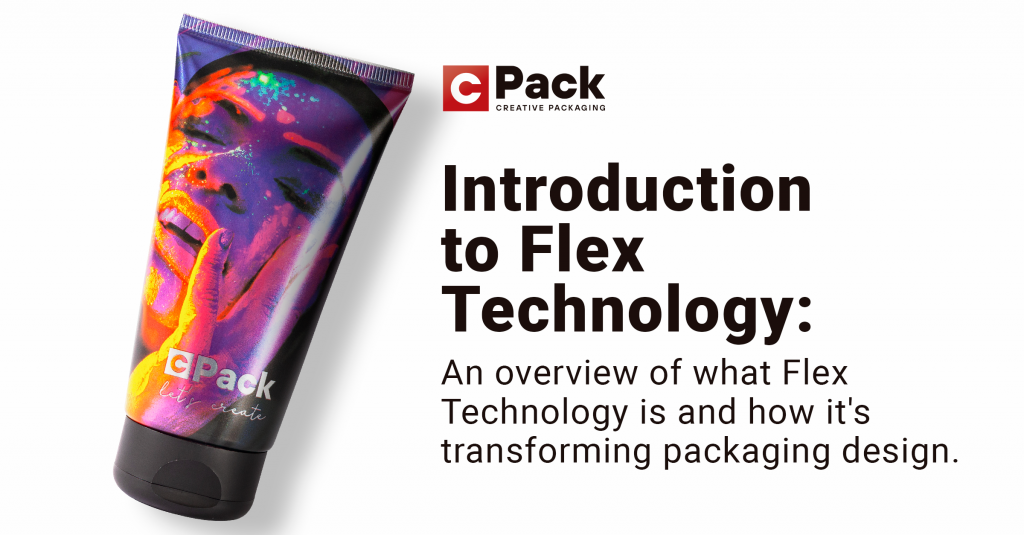
Introduction to Flex Technology: An Overview of What Flex Technology Is and How It's Transforming Packaging Design
What is Flex Technology?
Flex Technology is a groundbreaking innovation in the packaging industry. It’s a method that uses flexible materials like plastics, foils, and films to create packaging solutions. Unlike rigid packaging, Flex Technology offers adaptability and customization, making it a game-changer in the market.
The Benefits of Flex Technology
The advantages of Flex Technology are numerous. First, it’s cost-effective. The materials used are generally cheaper and lighter, reducing both production and shipping costs. Second, it’s eco-friendly. Many of the materials used are recyclable, contributing to a greener planet. Lastly, it offers unparalleled design flexibility, allowing for unique shapes and sizes.
Applications in Various Industries
Flex Technology isn’t limited to just one sector. It’s widely used in food packaging, pharmaceuticals, and even electronics. The adaptability of this technology makes it a perfect fit for various products, enhancing both functionality and aesthetic appeal.
How Flex Technology is Transforming Traditional Packaging
Traditional packaging often falls short in terms of customization and environmental impact. Flex Technology addresses these issues head-on. It allows for more personalized packaging solutions and encourages the use of sustainable materials. This is not just a trend; it’s the future of packaging.
Future Prospects of Flex Technology
The future looks bright for Flex Technology. With ongoing research and development, we can expect even more innovative solutions. Smart packaging, embedded with sensors and IoT capabilities, is one such promising avenue. These advancements will make packaging not just a container, but an interactive experience.
Flex Technology is revolutionizing the packaging industry. Its benefits are manifold, from cost savings to environmental impact. Its versatile applications make it a sought-after solution in various industries. As we look to the future, Flex Technology promises to bring even more groundbreaking innovations to the table.
What is Flex Technology in packaging design?
Flex Technology in packaging design refers to the use of flexible materials like plastics, foils, and films to create versatile and customizable packaging solutions. C-Pack leverages this technology to offer a wide range of packaging options that are not only cost-effective but also environmentally friendly.
How does Flex Technology benefit the packaging industry?
Flex Technology brings numerous benefits to the packaging industry. C-Pack, for instance, utilizes this technology to create packaging that is lighter, more cost-effective, and customizable. This results in reduced shipping costs and a lower carbon footprint, making it a sustainable choice for businesses.
What industries can benefit from Flex Technology in packaging?
Flex Technology has a broad range of applications across various industries. C-Pack specializes in providing flexible packaging solutions for the food and beverage, pharmaceutical, and cosmetic sectors. The adaptability of Flex Technology makes it a versatile option for diverse products.
How is Flex Technology different from traditional packaging methods?
Flex Technology offers more customization and flexibility compared to traditional rigid packaging methods. C-Pack employs this technology to create unique shapes and sizes, allowing for a more personalized consumer experience. Additionally, the materials used are often recyclable, contributing to sustainability.
What are the future prospects of Flex Technology in packaging?
The future of Flex Technology in packaging is promising, with ongoing research and development aimed at further innovation. C-Pack is at the forefront of exploring smart packaging solutions that incorporate sensors and IoT capabilities, transforming packaging from mere containers to interactive experiences.

